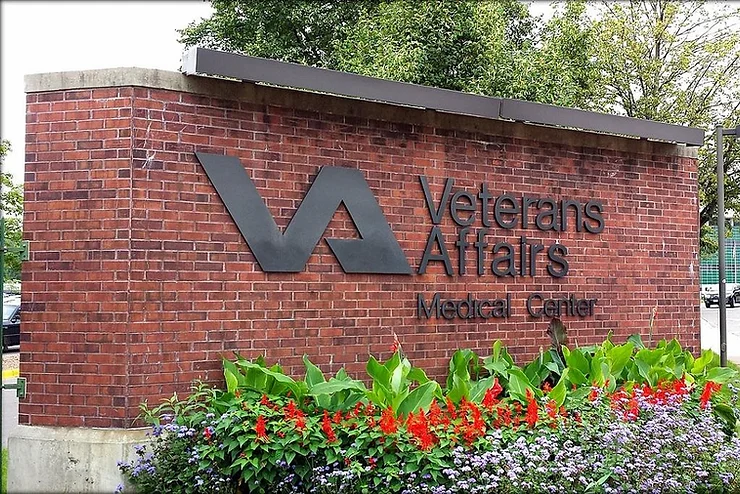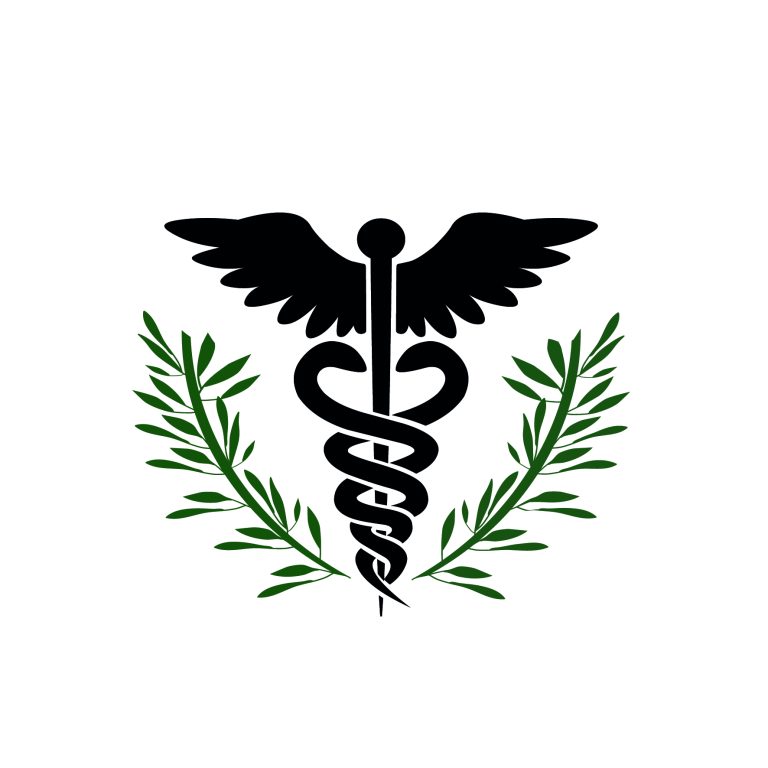The relentless outsourcing of care from the Veterans Health Administration (VHA) to private sector providers – and the resulting drain on the VHA budget – has reached a tipping point, one that threatens the future of the nation’s largest and only veteran-centric healthcare system.
The passage of the Choice Program, in 2014, launched that trend. Although Choice was meant to be temporary, it was soon followed by the 2018 passage of The VA Maintaining Internal Systems and Strengthening Integrated Outside Networks (MISSION) Act, which created a supplemental private-sector healthcare network, the Veterans Community Care Program.
Outsourcing of care from the VHA to the private sector VCCP was further fueled by President Trump’s VA Secretary Robert Wilke, who implemented arbitrary 30/60-minute drive time standards for community care eligibility. In the past four years, millions of veterans have been funneled to the VCCP, which studies show, has lower quality of care and higher mortality rates than the VHA.
The RAND Corporation reported that, between 2014 and 2021, the number of veterans authorized to receive community care rose 84 percent and the cost of that private care more than doubled. As is evident from the RAND figures copied below, the steadily rising costs of community care continues on an unending upward slope.
While VHA spending increased over those seven years, the percentage of the VHA budget allotted for community care more than doubled.
In a report to Congress in 2022, VA Secretary Denis McDonough wrote that, “it is significant to note that VA is rapidly approaching a point where one-half of all care available in both settings is provided through community care. Operational leaders already report concern for the potential of a ‘spiral effect’ in some areas, where workload and talent are shifting externally and thus threaten to harm VA’s training, research, and emergency preparedness missions.”
The Secretary went on to warn that, “Even in the absence of resource constraints, if the balance of care provided in the community continues on its current upward trajectory, we anticipate that certain VHA medical facilities, particularly those in rural areas, may not be able to sustain sufficient workload to operate in their current capacity.”
As with any surge curve, changes initially appear gradually, then surge dramatically. This is increasingly true for VCCP costs. To cite just one example, between 2020 and 2021, the medical care budget for the San Francisco VA Healthcare System rose by 11 percent. Of that $87 million increase, a massive $50 million was spent on care delivered in the VCCP.
In many other VHA hospital and clinics, payments for outsourced expenses that exceed original predictions are also taken directly from operational accounts for medical services and supplies. Diverting essential streams of VHA funding is leading to reductions in staff, hiring pauses, closures of programs and services, as well as personnel practices that can hurt staff retention. This can lead to further delays and propel more veterans into the VCCP network, which will further drain money from VHA facilities, leading to more cutbacks and eventually, as VA Secretary McDonough predicted, hospital closures.
Conspicuously, this tipping point, or spiral effect, is never mentioned by legislators when they introduce bills to further expand community care eligibility (as will occur with passage of either the Veterans HEALTH Act or the Making Community Care Work for Veterans Act, which are now being considered in Congress).
Before they blindly pass more outsourcing laws, lawmakers must answer a series of questions, including:
· How many of the 170 VA Health Care Systems are freezing hiring or cutting staff and programs due to insufficient funds remaining after paying for VCCP care?
· How many of those systems are projected to freeze hiring or cut staff over the next year?
· For any given health care system, and for the entire VHA in general, what is the projected ratio of community care to in-house VHA care beyond which an irreversible doom cycle unfolds?
· Given PACT Act increases in demand for health care services, what is the projected budget VHA would need to meet inhouse demand within the 20/28-day access standard?
· If ballooning VCCP costs were funded by supplemental Congressional appropriations –as occurred under the Choice Act – rather than deductions from VHA medical services, would that allow VHA to increase capacity to fully meet demand inhouse?
Lawmakers must calculate these numbers and answer these questions. Congress should insert an amendment into the current deliberations for a bipartisan Veterans Community Care package mandating the creation of a study that collects and analyzes this information. The study should be conducted over the next six months by an independent third party. Without accurate information on the costs and consequences of continued outsourcing, and action to eliminate threats to the integrity of the VHA, Congressional representatives cannot fulfill their duty to care for the nation’s veterans.





